There are a handful of names I expected to see in my sequin research: Donna Summer, Bob Mackie, Paco Rabanne, Diana Ross, Cher. You know who I really wasn’t expecting? Leonardo Da Vinci. Turns out that guy really was doing a little bit of everything, including sketching a machine sometime between 1480 and 1482 that punched little pieces out of a metal sheet. While Da Vinci probably didn’t intended for those pieces to be used to bedazzle a mini skirt, his invention was undoubtedly a very early sequin-maker.
As made evident by Da Vinci’s contraption, sequins and sequin-ish styles have been around for centuries. Historians have documented sparkly accents adorning ancient garments from India to Peru, typically made from shiny, precious materials like gold, mother-of-pearl, and gemstones. While some styles were likely just rich people showing off, nomadic societies may have used the technique as a way to protect and transport valuables, while other cultures found spiritual meaning in casting light from their clothes.
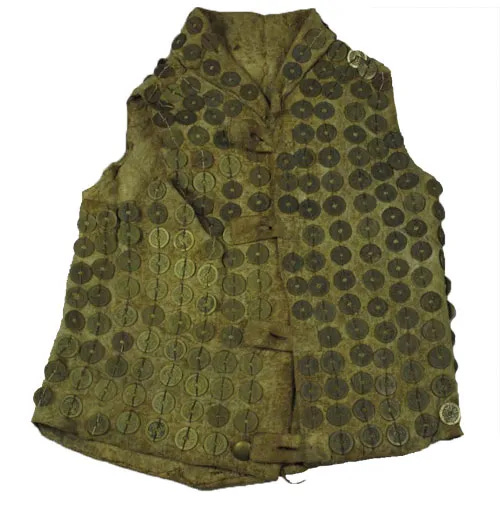
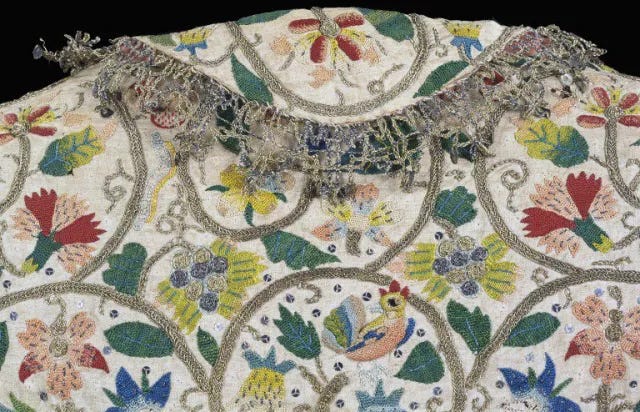
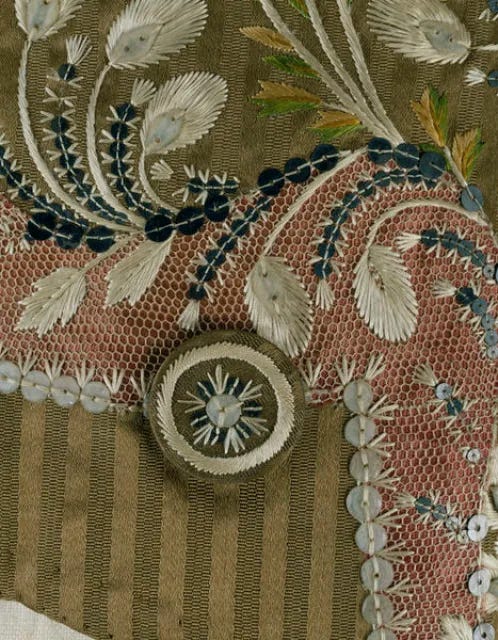
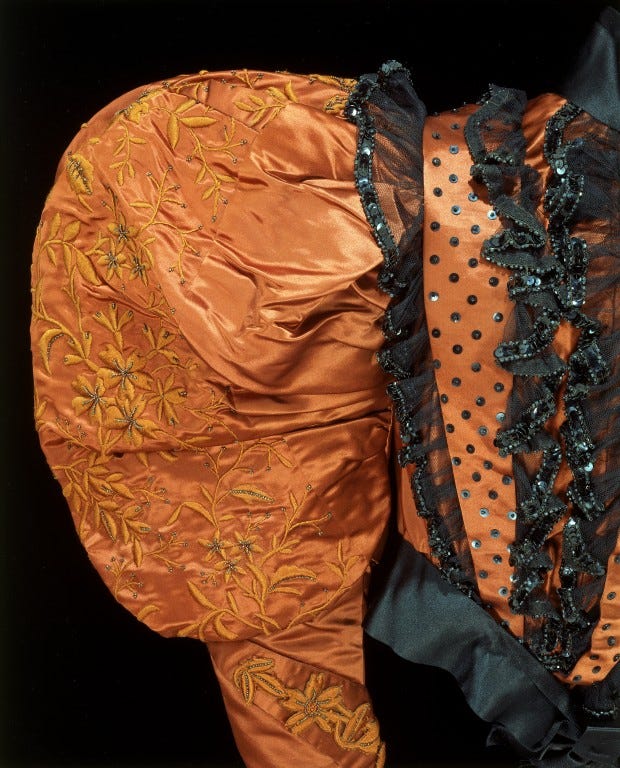
What really birthed the contemporary sequin we know of today was the discovery of King Tut’s tomb in the early 1920’s. The famous excavation revealed a luxurious wardrobe covered in “gold, sequin-like discs,” ensuring the king would be both stylish and wealthy in the next realm. The ensuing Egyptomania that swept America drew inspiration from the fashions of the tomb, resulting in the dazzling beadwork and shimmering sequin looks of 1920’s America. Sequins officially became a part of American fashion, and they’ve sparkled from within our closets ever since.
Sequins vs Paillettes
The biggest difference between sequins and paillettes is that I can usually spell sequin right on the first try. Okay, all bad jokes aside, they are actually quite different.

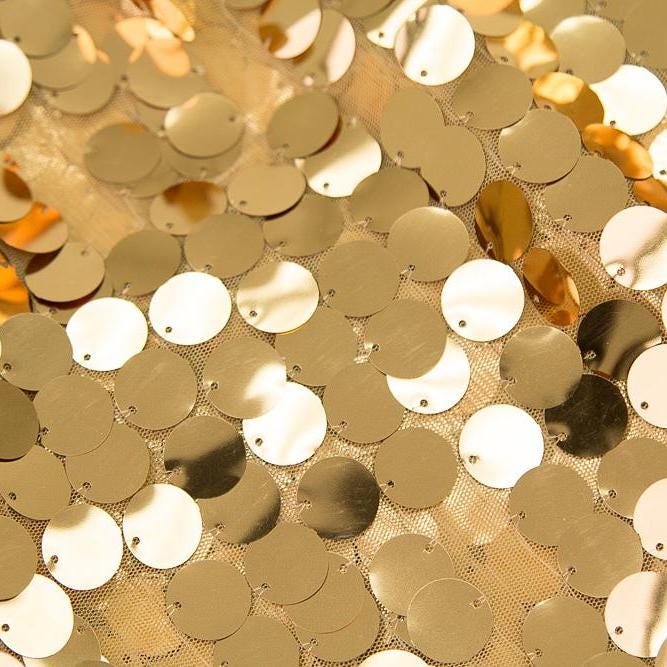
Keep reading with a 7-day free trial
Subscribe to 1-800-VINTAGE to keep reading this post and get 7 days of free access to the full post archives.







